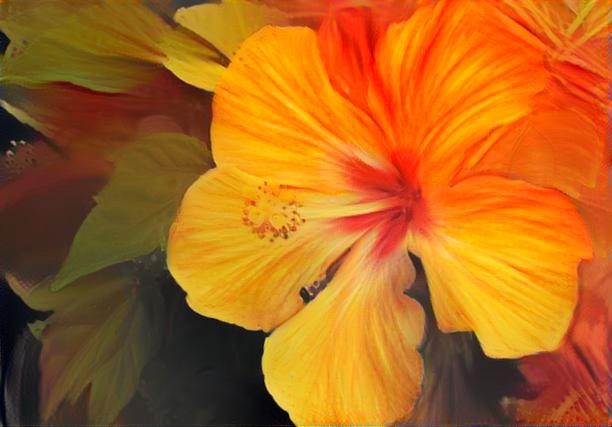Is AI Changing the Way We Think About Authenticity?
July 23, 2017
Carl Blaine Horton Jr
Could the strategies we use to think about and evaluate art be changing in wake of artificial intelligence? A skeptic might say that artificial intelligence programs could never hope to capture the elusive and distinctly human pursuit of art. Whether that is true or not, it does not mean these technologies won't lead to major shifts in the ways humans perceive art and creativity. To understand this, let's consider a few ways in which we evaluate art.
Economists are fond of saying that art is a "credence good", meaning that it is tough to assign an objective value to works of art. What makes someone pay millions of dollars for a Van Gogh and next to nothing for Van Gogh lookalike? Put more directly, what is art really worth? Are we paying for an object or a story? Economists and psychologists often agree that art is often evaluated in terms of its authenticity. We value art based on knowledge of whether or not it was produced by a specific person, in a certain place, in a special way, or at a momentous time. Indeed, if we know that something was painted by someone famous for instance, we are subsequently inclined to evaluate the work more favorably. Similarly, our research shows that we rate art produced by humans as more skillful and expensive. It could be that we do not perceive an algorithm to possess skill per se, rather skill arises from practice and overcoming failure. No matter the explanation, the importance of source information may be referred to as index authenticity and it is but one strategy employed in the evaluation of art.
This is not the only form of authenticity we use to evaluate art, however. Another form of authenticity can be called "artistic authenticity" or "motivational authenticity". This refers to when a work of art was or was not produced for some external reason. Was the artwork commissioned, was it produced for reward or merely to reflect something internal? When a music artist appears to be solely motivated by money, for instance, their work is often subsequently devalued, and their artistic authenticity questioned. Instead of focusing on the "who" or the "how" this strategy of motivational authenticity places focus on the "why". Why was this art made? Was the artist producing work because they desired fame or because they desired pure self-expression and creative freedom? The latter is often praised, the former disparaged.
Complicating this, we might break motivational authenticity into two distinct parts. One part might be said to involve the absence of resistance to extrinsic motivation. Was the art influenced by the pursuit of fame, money, or social pressure? The other part might be said to be the presence of intrinsic motivation. Was this motivated by the need for self-expression or emotional catharsis?



